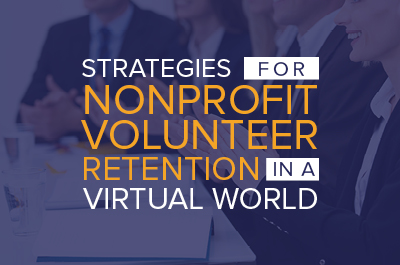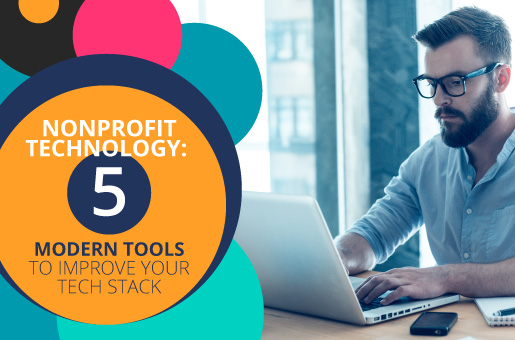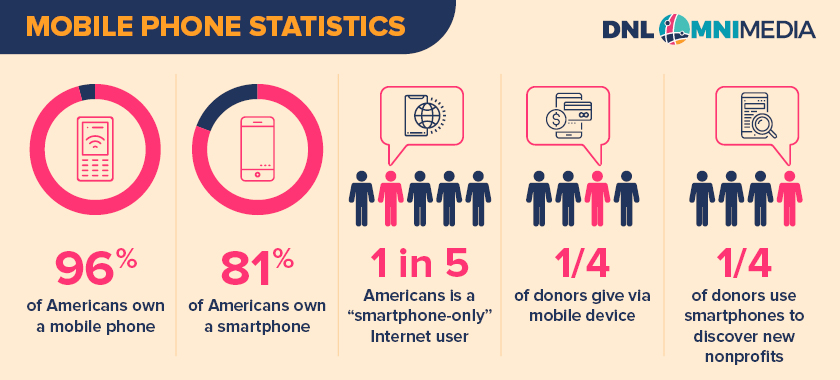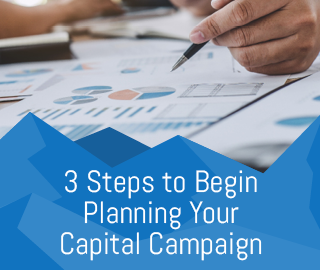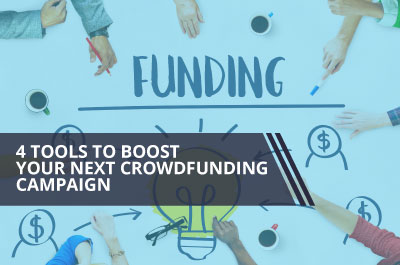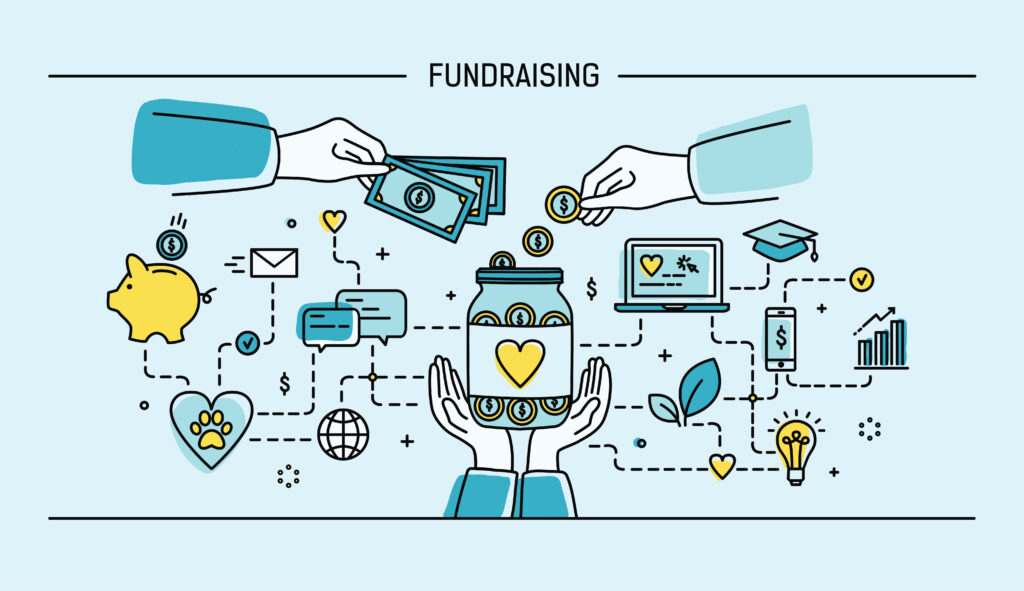When you think of volunteer training, you may think of printed handouts, PowerPoint slides, and a litany of procedures and regulations. While the exact nature of each volunteer onboarding program depends on the work of the nonprofit and the tasks at hand, this kind of training can get a bad rap for being tedious.
This is true even when the information shared is critical for effective, organized, and safe volunteer labor. Plus, on top of the responsibility-related details, you also want new volunteers to understand the mission of your organization and how the work they’re doing makes a tangible difference. This is a tall order for “normal” times, let alone in the circumstances of 2021. How can your nonprofit accomplish all of these goals in an engaging way even when the volunteer landscape has been transformed by the COVID-19 pandemic?
Many organizations have had to close their doors to volunteers completely or drastically cut down on the number of individuals who are able to serve. For volunteers who are over the age of 65 or have underlying medical conditions, even socially-distanced involvement opportunities are not safe or feasible.
When possible, many nonprofits have implemented new virtual volunteer programs so that supporters can contribute from the comfort of their own homes. But with a new type of volunteering comes a new need for virtual training materials that help supporters understand and retain essential information.
At Skyepack, we design engaging digital course materials for organizations and educators who want to create the best experience possible for their learners. To help you optimize your virtual volunteer training program, we’ve compiled a few key strategies:
- Consider the goals of your volunteer training program.
- Analyze differences between in-person and virtual training.
- Choose an engaging course delivery platform.
- Iterate and improve the course over time.
Your volunteers are essential to the progress and productivity of your organization. Make sure they have the tools and knowledge they need to succeed—even virtually—by offering a training program catered to their needs.
Consider the goals of your volunteer training program.
Broadly, the goal of your training program is to empower new volunteers to contribute effectively to your organization. On the most basic level, you want each individual to be equipped to fulfill their responsibilities without feeling overwhelmed or confused. However, you should also consider how your training program can support the long-term sustainability of your organization.
Volunteer onboarding is the first step in what will hopefully be a long relationship with each volunteer. In order to build that foundation, you need to start off with a good first impression. After all, if you invest in engagement from the start, you’ll have more commitment from volunteers and ultimately, higher retention rates.
To design a volunteer training program that will drive long-term support, you need to carefully tailor the course to the needs of your volunteers and your organization. As you analyze the overall goals of your volunteer training program, keep the following questions in mind:
- Is it one-time or ongoing? Consider whether the training program is exclusively part of the onboarding process or whether it is a resource volunteers will continue to find valuable over time.
- What information do you need to include? Be sure to cover a brief history of your organization and mission as well as the details of the volunteer responsibilities.
- How long should the course take? The length of the course will vary depending on the skill of the volunteer work—individuals training to quality test audiobooks will need more training than people in a nursing home pen pal program.
- Will all volunteers complete the course in its entirety? Assess whether there are skills, procedures, or concepts that will only be applicable to a certain group.
This list is not exhaustive and won’t cover the specifics of every organization, but it should jump-start your thinking about which needs you must address.
Finally, don’t limit yourself to a one-size-fits-all approach. You may consider having separate sections of the course for new and returning volunteers. For longtime volunteers, be sure to include any updates that are virtual-specific as well as general information about hours tracking, sign-ups, and corporate volunteer grant programs.
Analyze differences between in-person and virtual training.
The foundation of your virtual volunteer training course will be similar to what you covered in person. After all, the core of your mission and your organization hasn’t changed!
However, you must also consider how to reframe your volunteer experience for the virtual world. This applies both to the volunteer activities themselves and to the training program.
For the volunteer tasks, take into account the changes you’ve made since you pivoted to the virtual sphere. Be sure to update any training documents that are only relevant to in-person volunteering.
A course design specialist can help you update existing material, curate new high-quality resources from external sources, and create new documentation where needed. For instance, if you’re adopting a new tech platform to handle remote volunteer activities, you may need a walk-through of the specific processes each individual will need to know.
From an educational perspective, you’ll also need to consider how volunteers will be able to address questions that arise. While an online course is a powerful tool for instruction, it can be more challenging to detect misunderstandings and confusion when volunteers aren’t in the room together. You’ll want to create a way for volunteers to connect with each other virtually in order to foster a sense of community and provide a space for questions. A private Facebook group can work well to meet this need.
Choose an engaging course delivery platform.

As you determine which training course platform to add to your nonprofit’s tech stack, be sure to look for a service that is tuned in to the rapidly-evolving nature of digital course materials.
With the increased prevalence of online learning, there are many hot topics in the world of instructional design trends. Course designers and instructors are finding new ways to use technology to facilitate effective learning experiences even outside of a traditional classroom.
While not every trend will make sense in the context of volunteer training, you should consider implementing innovations such as:
- Mobile learning. More and more web traffic originates from smartphones, so your training course should be mobile-friendly. Then, volunteers will have convenient access to key information while on the go.
- Interactive learning. Make sure your course offers interactive elements like quizzes, drag and drop activities, and comprehension questions.
- Social learning. Collaboration and discussion can enhance the learning experience and allow volunteers to immerse themselves more deeply in the content.
- Video. Today’s online courses use a variety of multimedia content, but in our streaming-focused society, video is one of the biggest players to consider.
These features will ensure volunteers can engage and interact with your content rather than simply skimming through the material. Your volunteers likely process information in different ways—such as through sight, sound, practice, or interaction. Offering a variety of content delivery and engagement options will increase the efficacy of the training.
Iterate and improve the course over time.
To engage and retain volunteers, they need to feel recognized, listened to, and empowered to make a difference. As a volunteer coordinator, you know these elements are key indicators for whether a volunteer will return time and time again. To keep volunteers coming back, Lumaverse’s guide to volunteer appreciation recommends stewarding your volunteers with just as much effort and intention as you would your donors. Part of this gratitude and appreciation should involve asking your volunteers for honest feedback about their experiences volunteering with your organization.
Among other volunteer management areas to gather input on, be sure to include your training program in any survey you send out. Collect qualitative feedback on which parts of your course are most effective (and which could use some work), as well as which elements volunteers found the most engaging and entertaining. You should consider both the format and content of the course to get a comprehensive picture.
You also may be able to gather quantitative data from your course delivery platform to see which topics were the most challenging, or which activities seemed most effective. Taken together, these data sets will help you make improvements for the next cohort of volunteers going through training.
With this in mind, it’s best to follow a course development process that isn’t a one-and-done approach. By following a cyclical framework like Skyepack’s Agile instructional design model, you can prioritize the needs of your volunteers at every stage of the process, even after the course is launched.
Soon, we’ll be able to resume in-person volunteer activities like sorting donations, serving food, and building homes. In the meantime, virtual volunteering can still enable your supporters to give back and engage with your organization.
To make these virtual opportunities as effective as possible, be sure to equip volunteers with an interactive and informative training program. A positive onboarding experience will pave the way towards a long and mutually beneficial volunteer engagement.
About the Author: Brady Kalb, CEO

Brady is a “reformed engineer turned entrepreneur”. After engineering gigs at two Fortune 100 companies, Brady left the corporate world to pursue a business degree and seek out new challenges. Brady’s passion for education stems from his desire to “always be learning” and find innovative solutions to difficult problems. Brady enjoys family outings to the park, explaining the answers of “Life, the Universe, and Everything” to his daughters, and reading just about anything (favorites are classics, popular fiction, and biographies).

